When I first came to Montenegro for a cycling holiday 12 years ago, I thought this was the worst country for cycling. Every road was extraordinarily steep and challenging, and the heat turned every short ride sweaty.
But after a couple of years, in much better cycling shape, I returned to the Balkans with my fully loaded bike and learned to embrace the rough terrain, endless wilderness, and arduous climbs.
After cycling in Bosnia, Albania, Croatia, Macedonia and Slovenia, it was time to face the Montenegrin mountains again. This time, I fell in love with the glorious peaks of Durmitor and windy mountain roads.
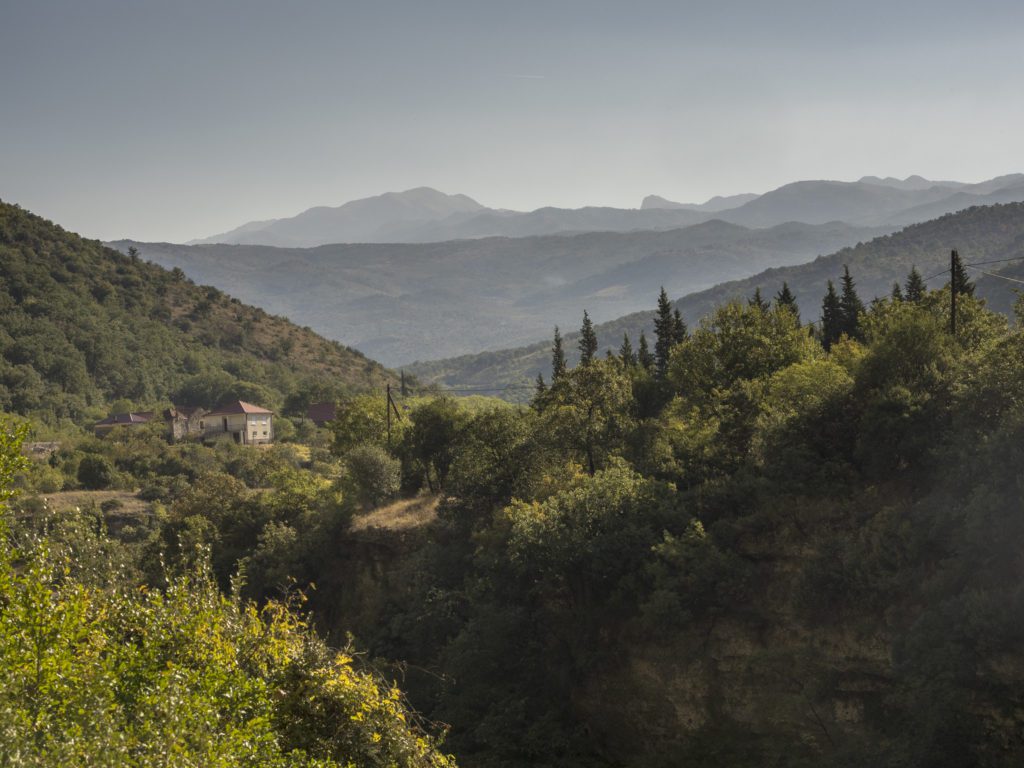
Cycling in Montenegro – who is it for?
Montenegro is a perfect playground for cyclists with an adventurous spirit who crave a physical challenge and a cultural experience far from popular cycling destinations such as the Pyrenees or the Alps.
Montenegro offers a perfect blend of adrenaline and tranquillity and a surprising diversity of landscapes, with azure lakes, jagged peaks, and dramatic cliffside vistas hiding behind every corner.
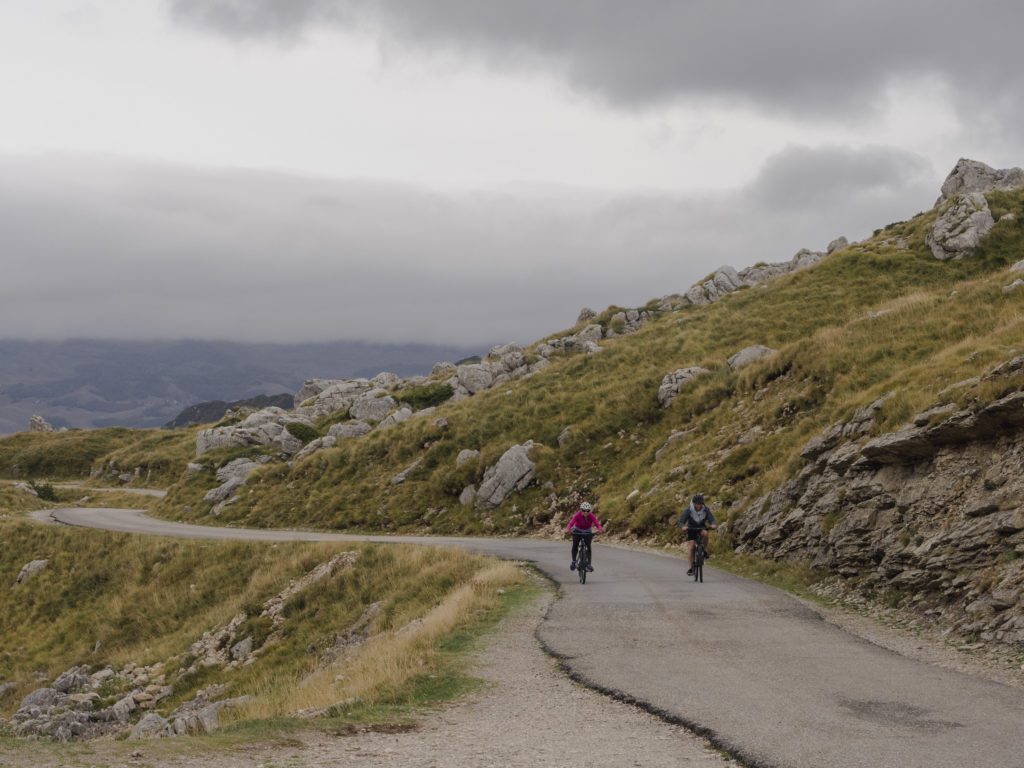
If your idea of a perfect cycling holiday involves sweating on challenging climbs, racing down windy roads and pedalling through remote areas, this tiny Balkan country has everything you need. After a hard day in the mountains, you can always take a refreshing dip in the clear waters of the Adriatic!
The Best cycling routes in Montenegro
TT1 Route – Salty and Sweet
The 550-km-long Top Trail 1 Route Salty and Sweet takes you to some of the most charming corners of Montenegro. From the medieval coastal town of Herceg Novi, through remote roads in the Orjen and Durmitor Mountains, you reach the old Montenegrin capital – Cetinje.
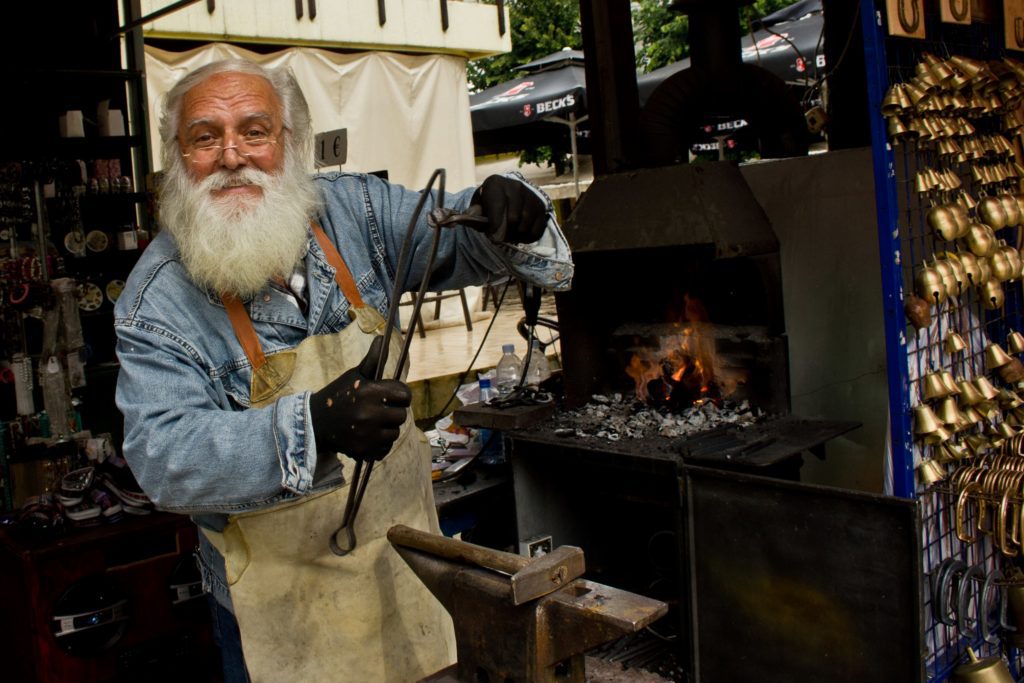
In the karst mountains of Lovcen, you will find the mausoleum of Njegos – a national hero and bishop prince of Montenegro, whose remains rest at 1657 m asl. From there, it’s only downhill – and I can guarantee it will be one of the best descents of your life, with 25 serpentines and breathtaking views over the Bay of Kotor.
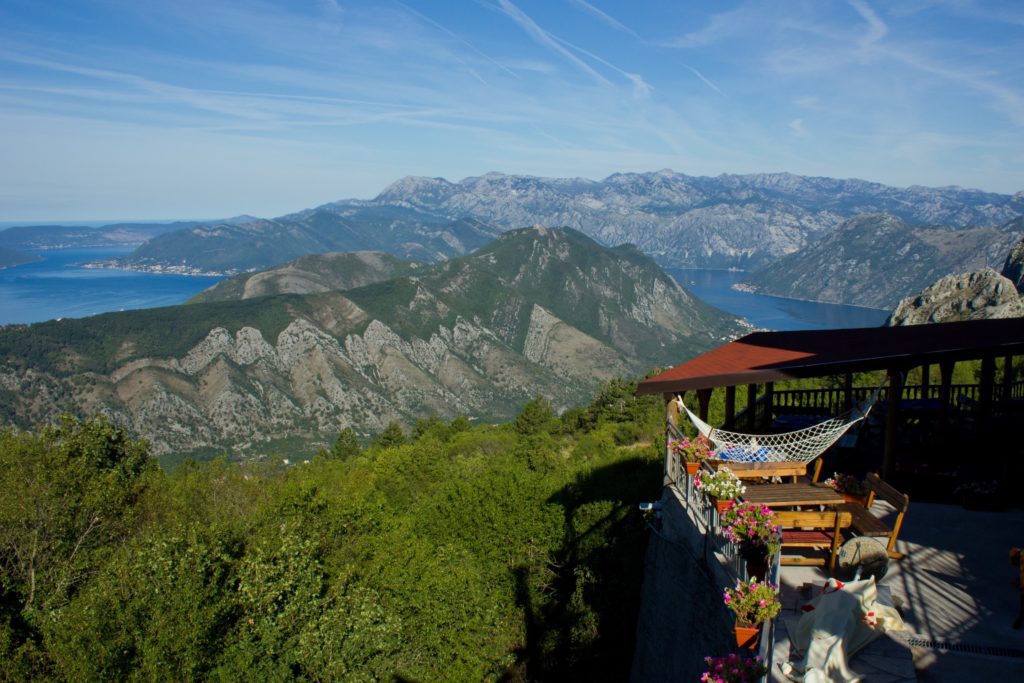
Salty as Sweet, similar to other Top Trails in Montenegro, requires good fitness (there won’t be a day without massive climbs) and experience, as parts of the trail are very remote. It is recommended to ride it in a group, keep the weight as light as possible, and check the weather forecast before heading to the mountains.
You can find more information about this and other Top Trail cycling routes in Montenegro on this website.
Korita Circuit
If you’re looking for a one-day cycling route starting from Podgorica, the panoramic road The Circuit around Korita is an excellent option. The 67-kilometre-long route passes by the ancient Medun fortress and some charming mountain villages. The views are breathtaking, with dramatic gorges and deep canyons, and on clear days, you can even spot Lake Skadar in the distance.
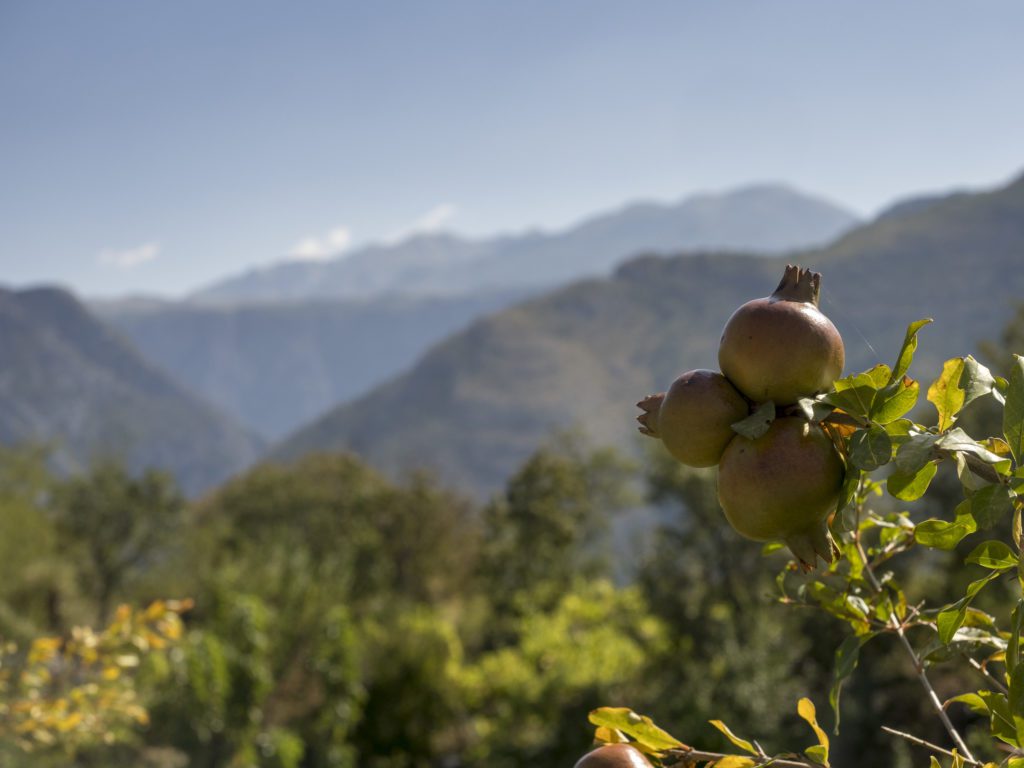
The highest point of the route is at 1400 m asl, so you have to be ready for some heavy climbs, but the charming views and historical sights along the road will distract you from the pain in your quads.
Find more information about the Korita Circuit here.
The Durmitor Ring
The Durmitor Ring might be the best one-day cycle route in Montenegro, and it can even be cycled on a road bike. With its highest point (The Sedlo Pass) sitting above 1900 m asl, the circuit around the Durmitor Mountains won’t disappoint any col crusader.
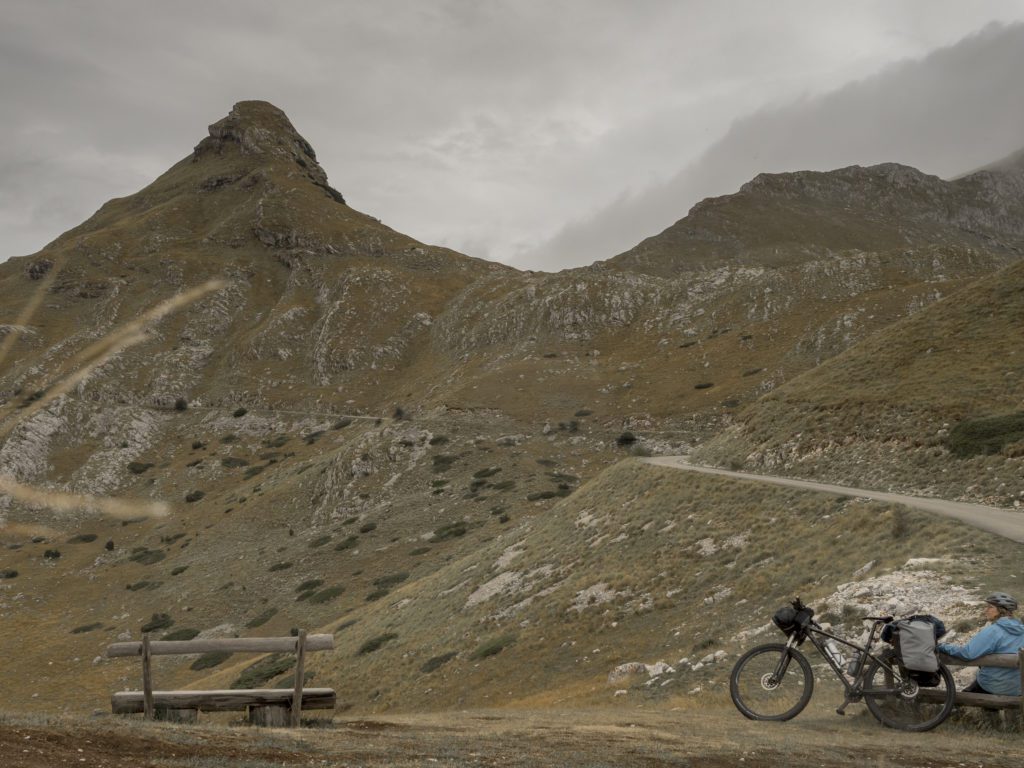
Endless Landscapes
Endless Landscapes is another top trail route, perfect for cyclists looking for a challenge and the best views Montenegro can offer. With over 8200 elevation metres on 418 km, the Endless Landscapes trail requires a lot of stamina. In return, you’ll experience vast pastures, the rugged summits of Durmitor, spectacular canyons (Komarnica and Nevidio) and the extraterrestrial landscapes of Sinjavina.
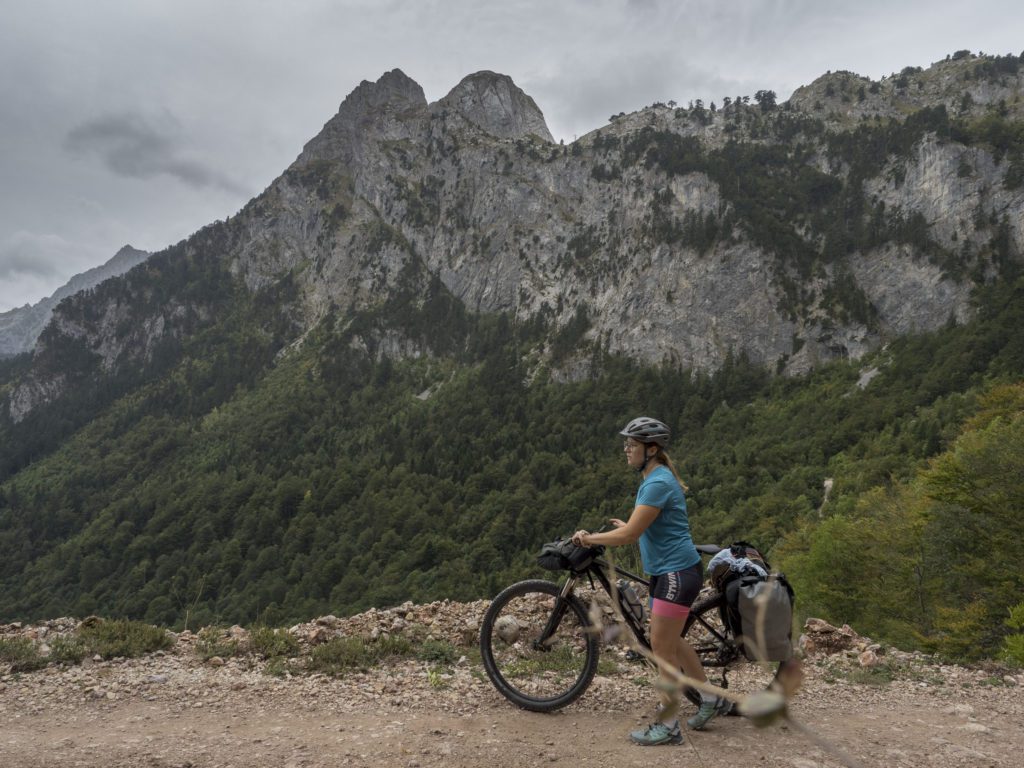
Trans Dinarica
Trans Dinarica takes you to the most scenic corners of Montenegro. With 94 % of the route on paved roads, it’s even suitable for road bikes.
You don’t need to worry about traffic, either. Only on very short stretches of Trans Dinarica will you have to share the roads with cars. Most of the route leads through quiet country roads with very little traffic.
I took the Trans Dinarica route from Podgorica, through Durmitor, to the border with Bosnia and Herzegovina. During the entire route, I was surrounded by mesmerising landscapes, and even though I cycled in many beautiful places, I can say it was one of the best routes I’ve ever done.
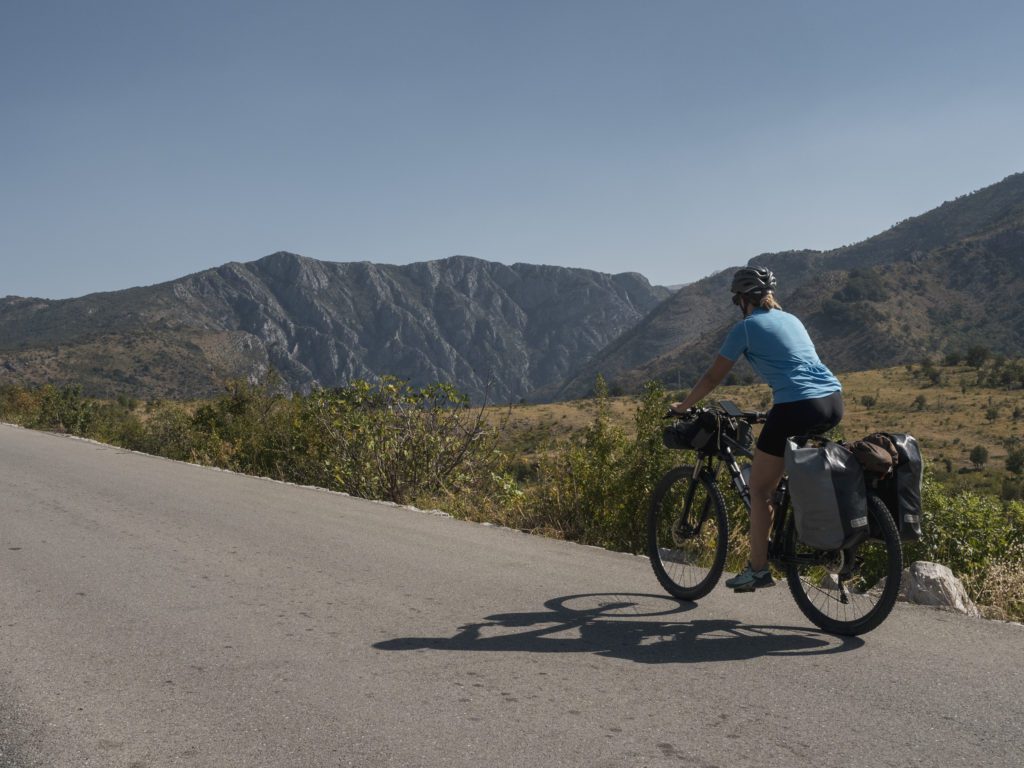
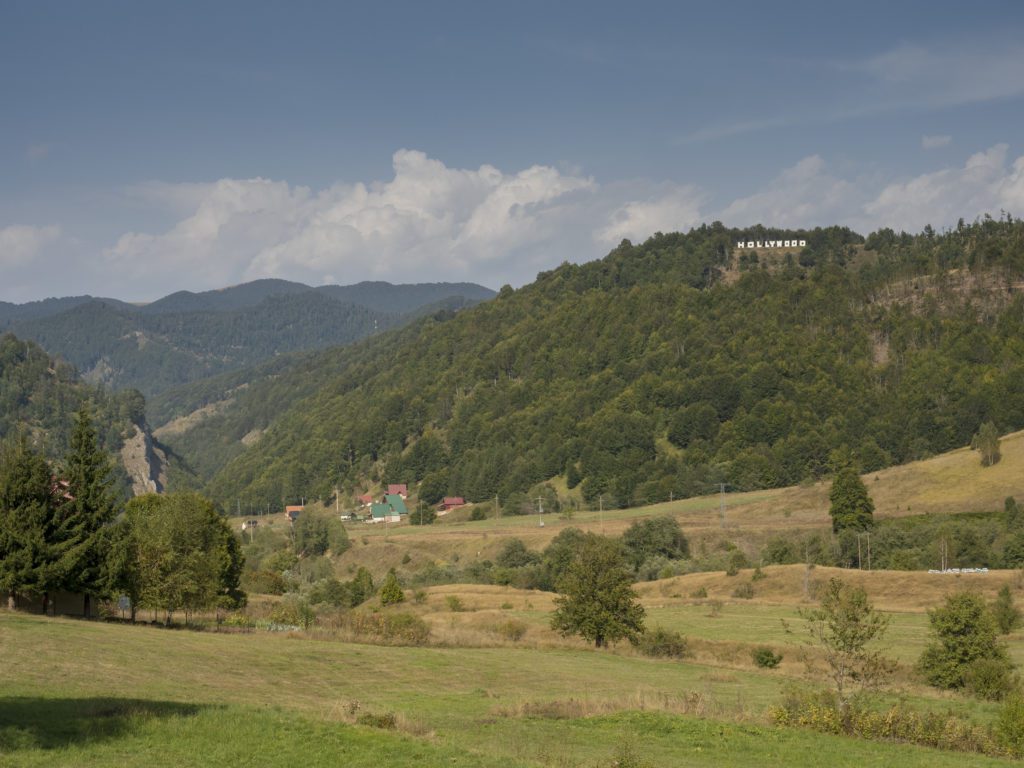
Eurovelo Routes in Montenegro
The Eurovelo 8 Mediterranean Route crosses Montenegro through Herzeg Novi, Tivat, Cetinje and Virpazar. However, a big chunk of the Montenegrin stage of EV8 is still under development, meaning that some sections might be dangerous.
Parts of the Eurovelo route in Montenegro lead through busy roads, so consider detours or alternative routes.
How to get to Montenegro with your bike?
By plane
Montenegro’s capital, Podgorica, has direct connections to many European cities, including Berlin, Brussels (Charleroi), Gdańsk, Istanbul, London, Manchester, Milan, Vienna and Warsaw.
You can also fly into the smaller Tivat airport.
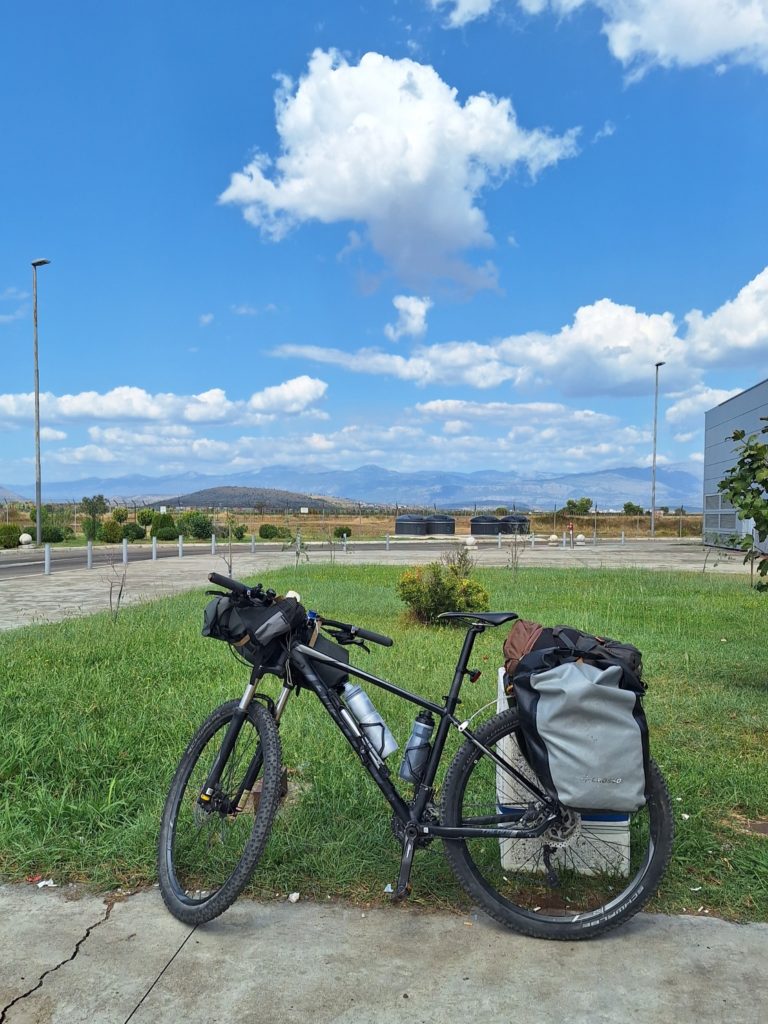
By train
If you’d rather avoid flying, you can get to Montenegro by train. The easiest way would be to get to Belgrade, which has connections with several European cities. From there, you can take the scenic Belgrade-Bar train (read more here). You’ll have to disassemble your bike, as the Serbian Railways don’t allow fully assembled bikes on their international trains.
By ferry
There used to be a ferry connecting Italy with Montenegro (Ancona-Bar and Bari-Bar), but both routes have unfortunately been discontinued. If you’re travelling overland from Italy, your best option would be to take a ferry from Bari to Durres in Albania.
By bike
For many cyclists, Montenegro is just one of many cyclists they visit as a part of a longer trip. When entering the country, remember it’s not a part of the Schengen zone. Most border crossings used by cars are open to cyclists.
Bicycle rental in Montenegro
Monte Mare Travel offers bicycle rental in Podgorica. A mountain bike costs 25 euros/day (there are some discounts for longer rentals). The bikes do not have luggage racks.
If you need help on the strenuous climbs, you should rent an e-bike, for example, from Durmitor Adventure. They also offer guided tours.
Terrain
As the name Montenegro (Black Mountain) suggests, the country is very mountainous. Even if you stick to the coast, you must brace yourself for steep climbs. If your idea of a perfect bicycle route is an easy, flat trail, Montenegro might not be your ideal cycling destination.
If you are looking for a challenge and enjoy roaming through diverse and sometimes rough terrain, cycling in Montenegro is one of the best adventures you can imagine.
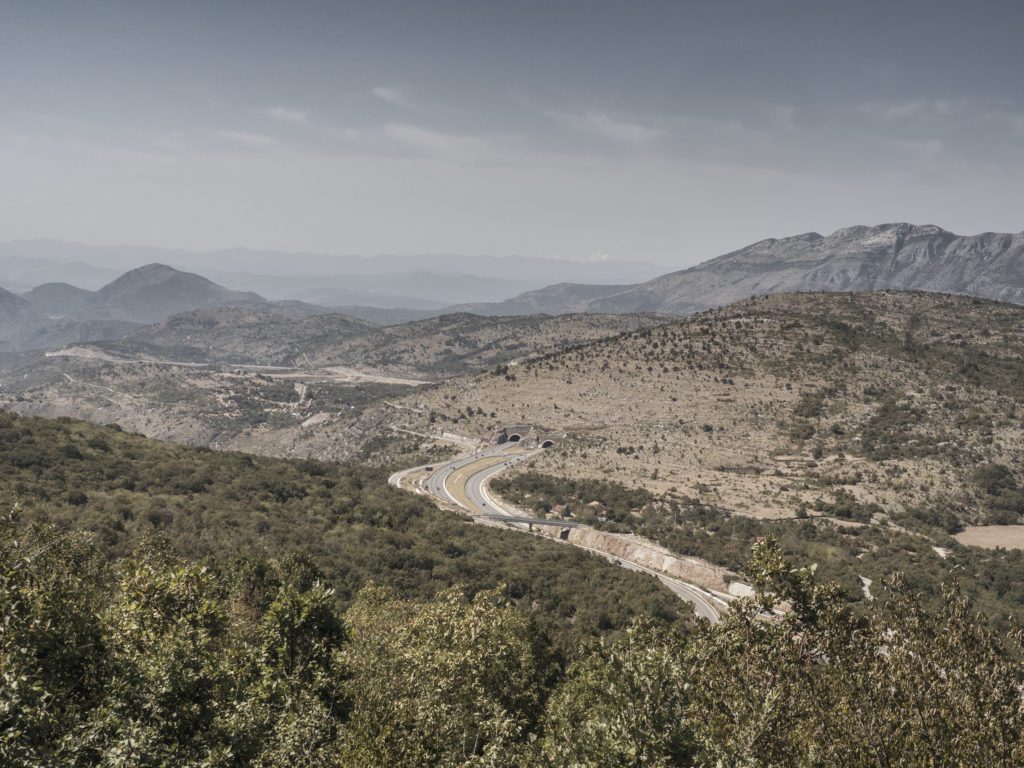
Bike lanes, traffic and safety on the roads
Designated bicycle lanes are rare in Montenegro, but there are plenty of secondary roads with little traffic where you can cycle safely. You should avoid the main coastal road where traffic is more intense, especially during summer.
Montenegrin drivers have some temperament, and cycling isn’t as popular as in Italy or Spain, so remain extra cautious on busier roads.
Taking a bicycle on a train in Montenegro
You can take a bicycle on most trains in Montenegro. The bicycle ticket costs 4 euros.
It is not possible to book tickets online. You have to buy it at the train station.
You can find the timetables on Montenegrin Railways’ website.
Weather
The best time to visit Montenegro for cycling holidays is generally from May to September.
In early Spring, some mountain passes in Durmitor can still be closed due to snow and the temperatures might be chilly for camping.
However, April and May can be the best time to visit coastal areas such as Kotor and Ulcinj, where you can expect too many tourists and scorching temperatures in the summer.
In my opinion, September is the best time to visit Montenegro by bike. The temperatures are still pleasant, and the landscapes are stunning with fall colours. However, you can expect some days with heavy rainfall.
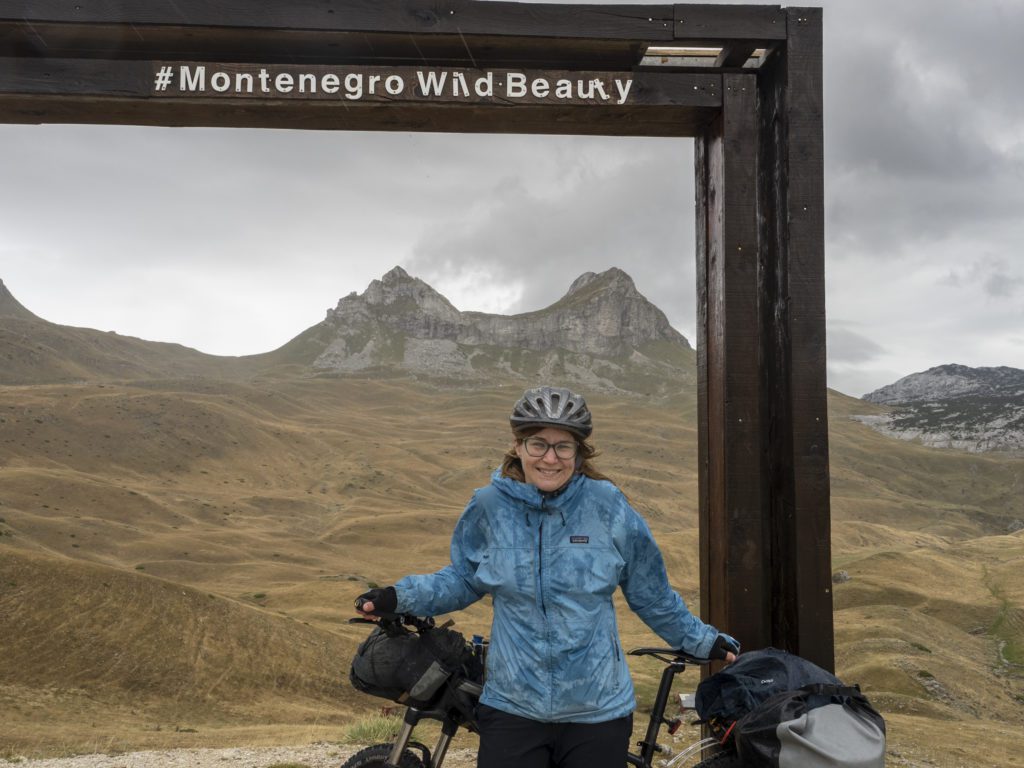
When cycling in Montenegro, you should always be prepared for all kinds of weather. Remember a good rain jacket and warm camping gear, especially when cycling through the mountains.
Camping in Montenegro
Wild camping is not officially allowed, but no one will mind if you pitch your tent discreetly in remote regions. Don’t do it on beaches or touristy areas; respect private property and check national park and nature reserve rules.
Camping is a popular activity in Montenegro. There are plenty of affordable campsites where you can pitch your tent. I usually paid about 10 euros per night.
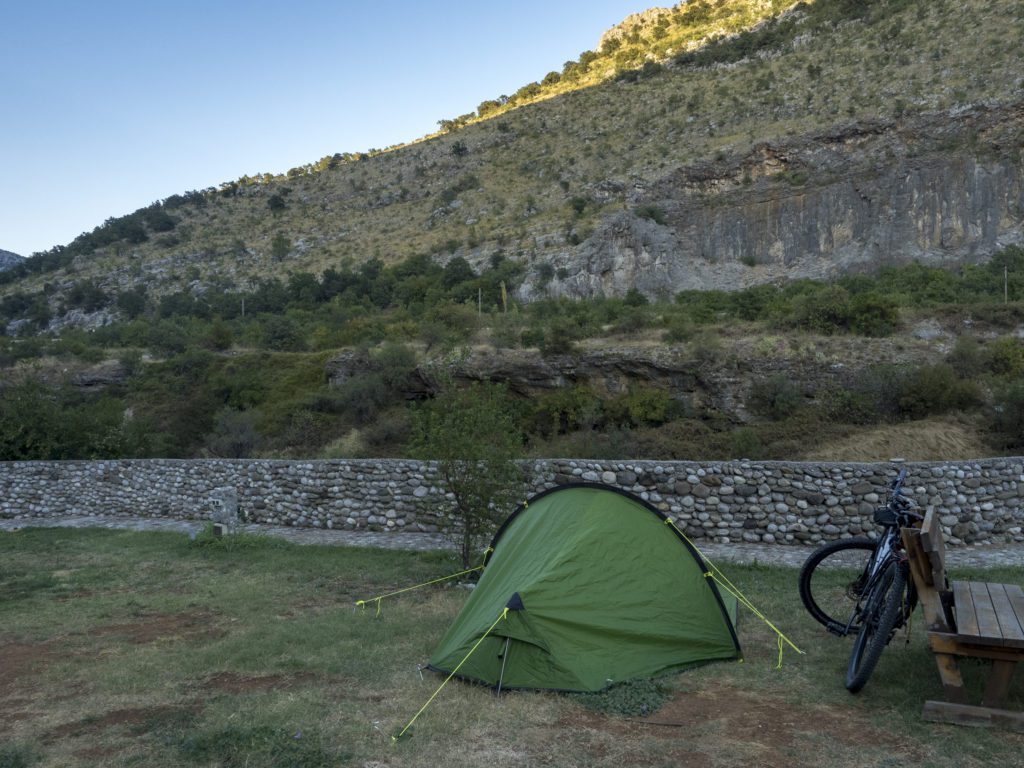
From my experience, I recommend the Titograd Campsite near Podgorica (with stunning views, clean showers and tasty food from the bar) and Eko Selo Jugoslavija on the way from Trsa to the Bosnian border.
Accommodation
If you plan your route well, you can cycle through Montenegro without carrying your camping gear. Finding a guest house or hotel in coastal resorts and mountain towns is easy without making reservations beforehand. You’ll sometimes find mountain huts (katun) between the villages in the mountains. Some of them offer tourists food and a place to stay.
Money
The currency in Montenegro is the Euro. When cycling through the country, you should always carry enough cash, as the ATMs are not that frequent, and card payments might not be accepted in guest houses and small restaurants in small mountain villages.
It’s also hard to find an ATM that doesn’t charge a fee for withdrawal with a foreign card. I used Revolut, and almost all the ATMs I checked in Zabljak had withdrawal fees of nearly 5 euros.
Food and water
When cycling through the mountains of Montenegro, expect long stretches between towns and villages and always carry some extra snacks and water.
Some local foods you should try are burek (a cheese-filled pastry perfect for a mid-ride snack) and cevapi (grilled meat). Montenegrin cuisine is traditionally meat-based, but most restaurants serve some grilled vegetables and cheese if you’re vegetarian.
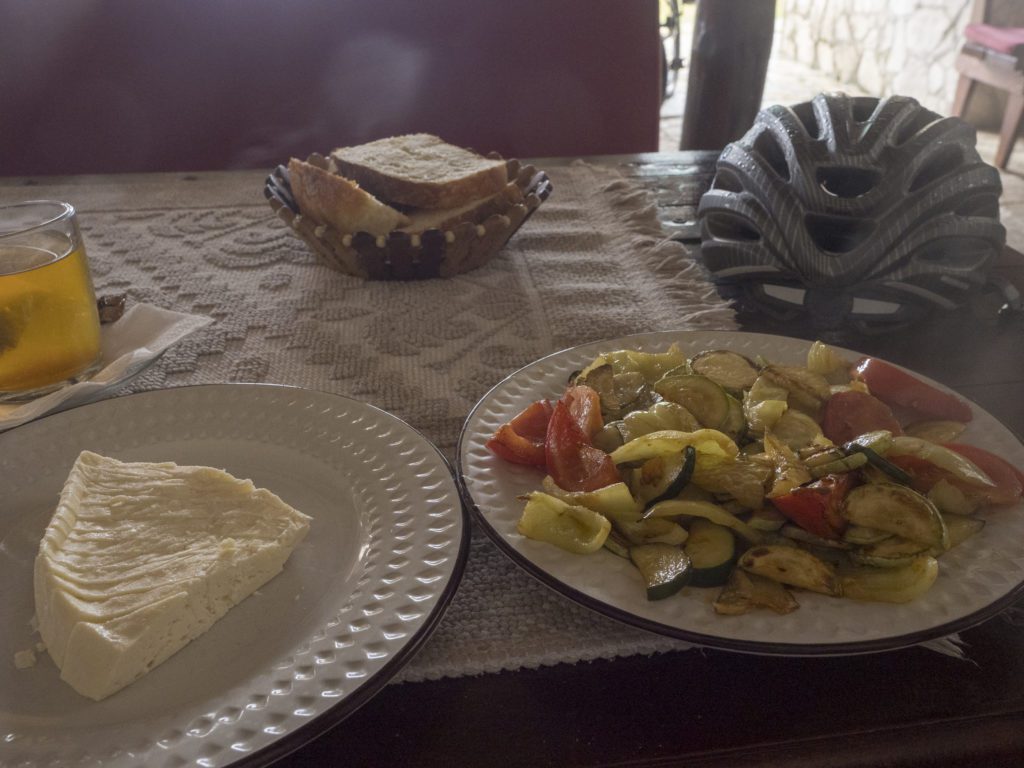
You’ll sometimes find a water fountain beside the road where you can refill your bottles. However, I found them less frequently than in other Balkan countries.
Internet and local SIM card
Montenegro is not a part of the European Union, so the Roam-like-at-home rule for EU citizens does not apply there.
When I travel solo through remote areas, having a mobile connection is a crucial safety measure. That’s why I always get a local SIM card.
You can buy one at the airport in Podgorica or in kiosks in bigger towns around the country. For example, T-Mobile Montenegro offers 500 GB, valid for 15 days for 15 euros.
During my last trip, however, I didn’t want to waste time going to a shop and installing a physical SIM card, so I opted for an Airalo eSIM card. It is a better option if you don’t need a lot of data and are staying shorter (1 GB for seven days costs 4,50 euros, 2 GB for 14 days costs 7,50 euros).
If you’re cycling across multiple Balkan countries, another eSIM provider, Yesim, has a special Balkan package. You’ll pay just 15 euros for 30 days (with 5 GB of data) and avoid having to change the SIM card every time you cross the border.
I had excellent mobile coverage for most of my cycling from Podgorica through the Durmitor Mountains to the Bosnian border. However, you should download your maps to access them offline in remote areas where the signal can be weak.
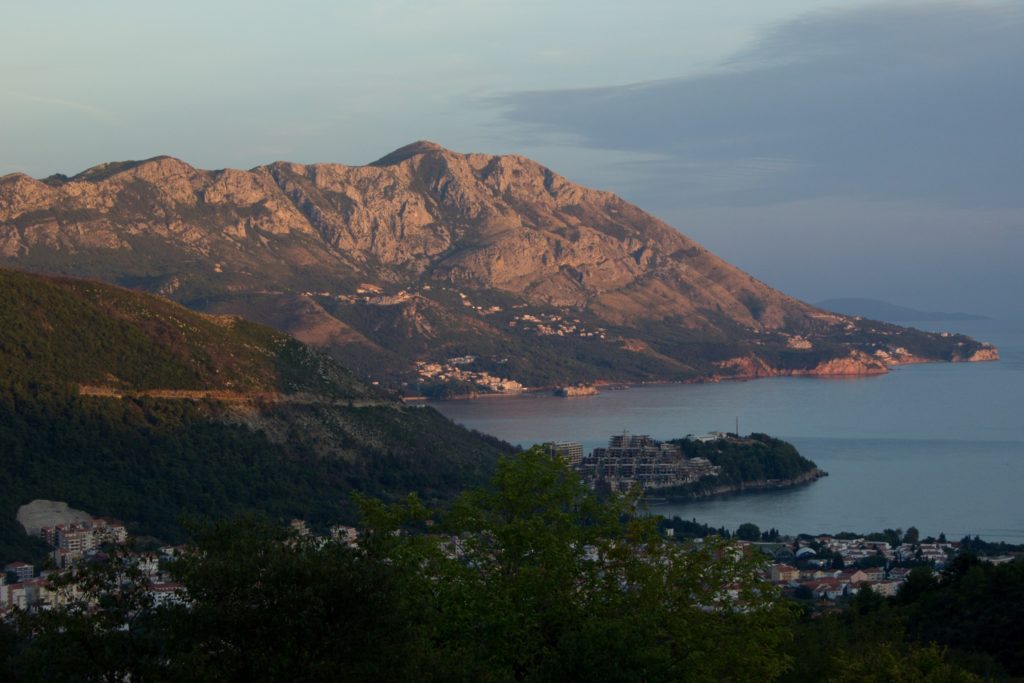
Resources
- Montenegro Biking – a great website with plenty of recommendations and descriptions of cycling routes in Montenegro
- Trans Dinarica – on the official website of the Trans Dinarica route, you can not only purchase the navigation pack. You will also find plenty of helpful information on getting around and cycling in Montenegro and other Balkan countries
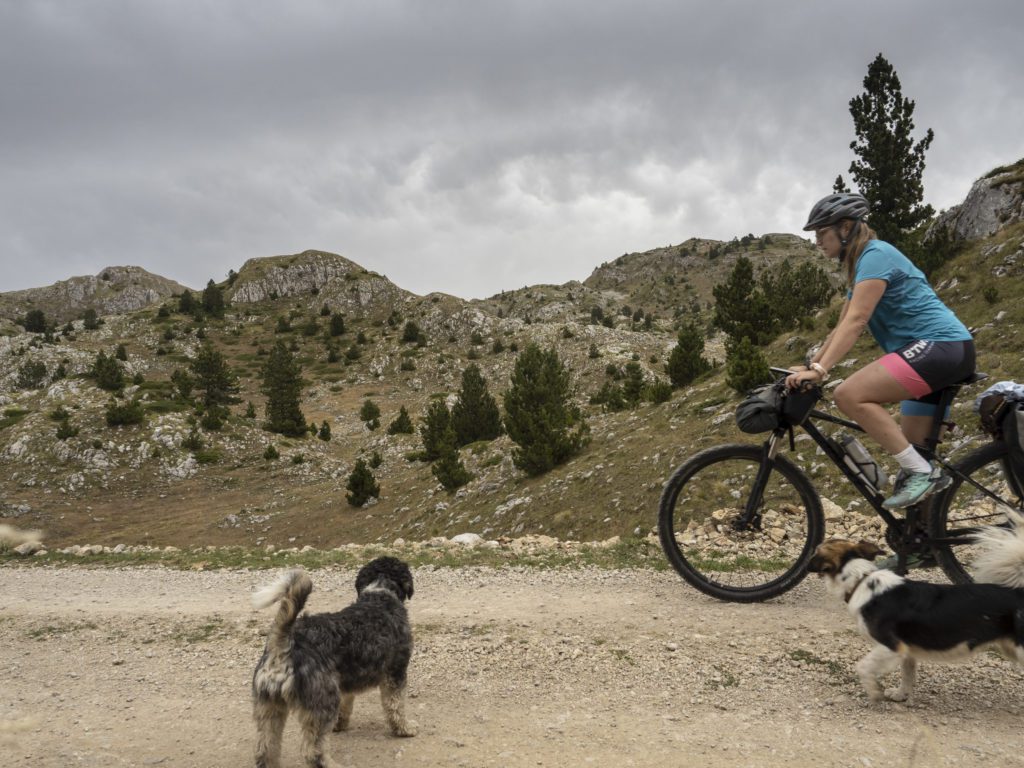
Did you have any issues with dogs in Montenegro?
I personally did not. There were two dogs following me in the mountains but they were absolutely adorable and friendly. I had one situation when the shepherd dogs were a bit protective of their territory but they were not aggressive and the owner quickly called them back, so no issues for me.